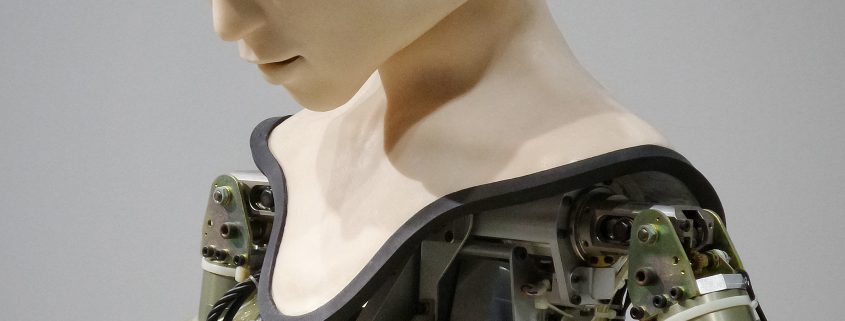The Great Robotics Switcheroo
Ah, robotics!
Few areas of CTE training and education are so full of romance. When you say the word “robot,” students start to think about anthropomorphic robots that walk around in sci-fi movies. They think about battle robots that fight each other on cool television shows. Or they think about teaming up with fellow students to enter a robotics competition by designing a robot that will walk around on Mars, perform surgery on patients in operating rooms, or enter a building and defuse a bomb.
Exciting, right?
But the problem is, a switcheroo has happened in the world of robotics. Or at the very least, a number of misconceptions have been allowed to take hold.
Let’s consider some of the realities about where jobs and work are really to be found for people who study robotics in college.
- More than 90% of the jobs for roboticists have to do with industrial and production engineering. Very few robotics graduates will be involved in romantic projects like building robots that defuse bombs, put out fires, or perform CPR.
- Most robots are little more than manufacturing machines. They spray paint onto products, assemble electronic components, insert windshields into cars on the assembly line. They are designed and programmed to perform specific functions like those. They are bolted down and don’t even walk around.
- People who study robotics in college will learn to either design the mechanical parts of robots (often spray heads, grippers that can pick up specific parts) or to program computers that tell robots what to do. Exciting? Yes, depending on what you like to do.
Why All the Romance about Robots?
No doubt about it, robots have seized most people’s imagination. Maybe that’s because the word “robot” is derived from the Russian verb “rabat,” which means “to work.” Maybe it’s because of all the robots that have played roles in Star Wars and other movies over the years.
As an educator, why not utilize that excitement to get students engaged in a CTE field of study? You should. But at the same time, it might be a good idea to provide some context about what a career in robotics will really be like.
To Learn More
We invite you to further explore the findings of the Career Pathways and 21st Century Skills study.
Related Posts
Skills-Based Training Plus a College Degree Add Up to a Better Career
Why Directing Students to Manufacturing Careers Makes Sense Today
A Snapshot of Vocational Education from 1992: How Have Things Changed Today?
How Valuable Is an Associate’s Degree?
How Are Postsecondary Certifications Affecting the Lives of Working Americans?










Leave a Reply
Want to join the discussion?Feel free to contribute!